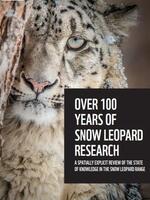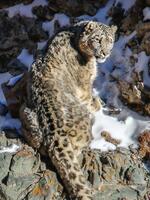Learn more about our impact
Learn more about our impact
- What we care about
- People
- Places
- Species
- Climate crisis
- Sustainability
- How we work
- Public policy
- Science
- Business
- Wildlife conservation
About WWF
WWF works to sustain the natural world for the benefit of people and wildlife, collaborating with partners from local to global levels in nearly 100 countries.









 Nilanga Jayasinghe
Manager, Asian Species, Wildlife Conservation
Nilanga Jayasinghe
Manager, Asian Species, Wildlife Conservation
 Dechen Dorji
Senior Director for Asia, Wildlife Conservation
Dechen Dorji
Senior Director for Asia, Wildlife Conservation
 Lion
Lion
 Jaguar
Jaguar
 Tiger
Tiger
 Amur Leopard
Amur Leopard
 Red Panda
Red Panda
 Ganges River Dolphin
Ganges River Dolphin
 Asian Elephant
Asian Elephant
 Rhino
Rhino
 Greater One-Horned Rhino
Greater One-Horned Rhino
 Giant Panda
Giant Panda
 Dolphins and Porpoises
Dolphins and Porpoises
 Yangtze Finless Porpoise
Yangtze Finless Porpoise